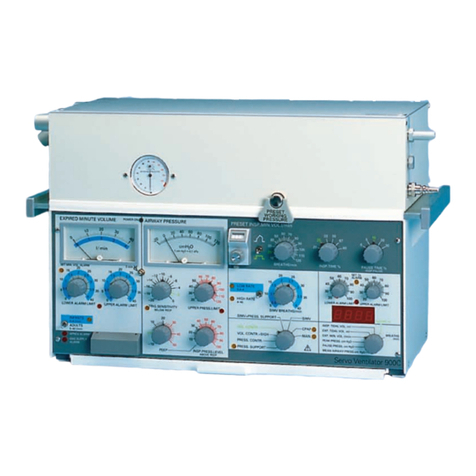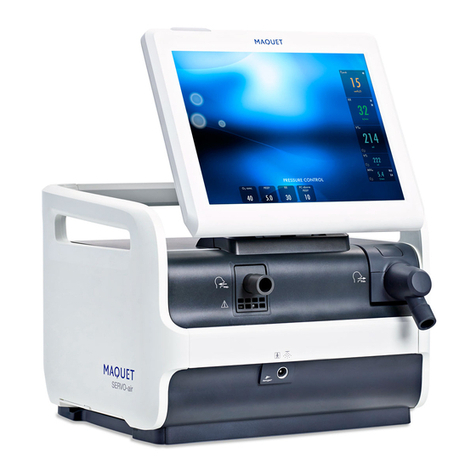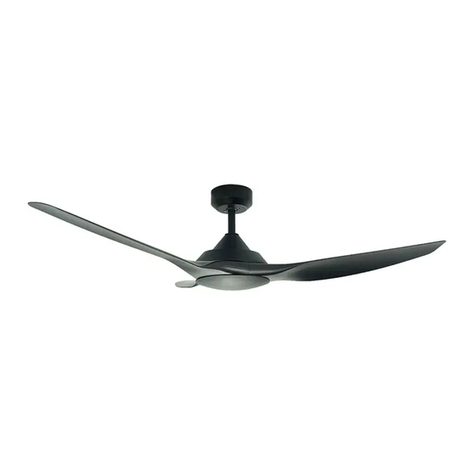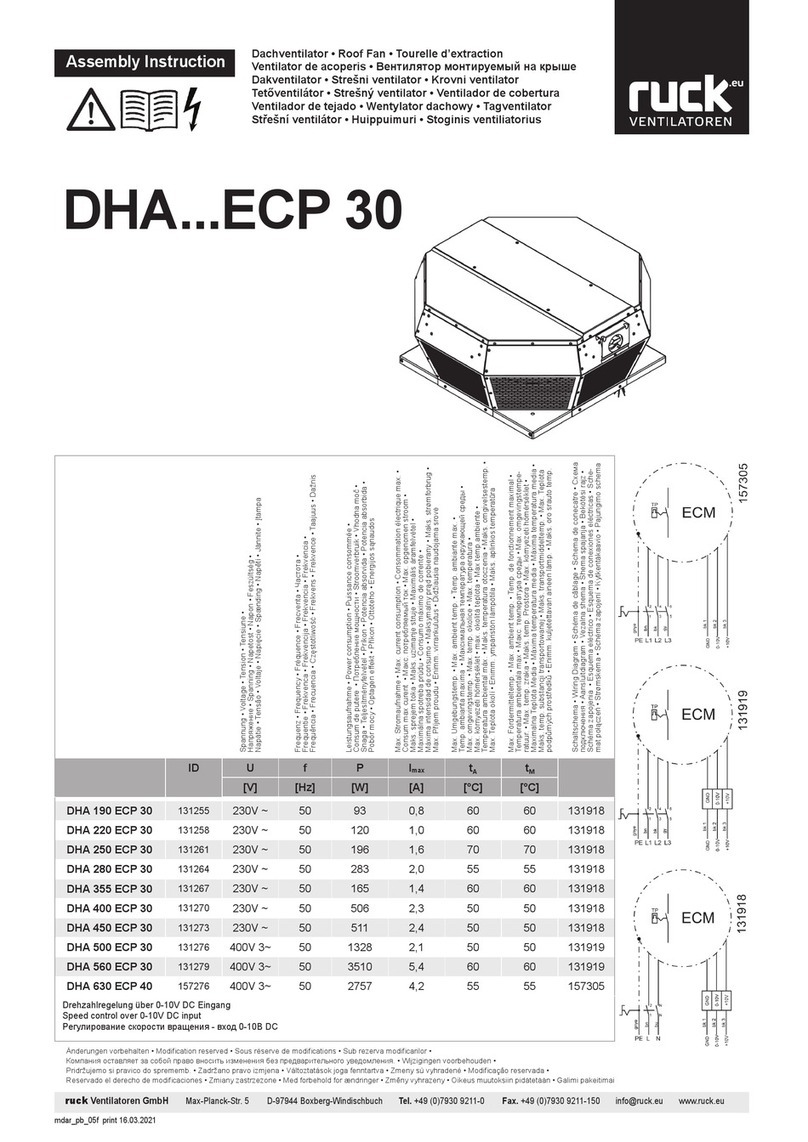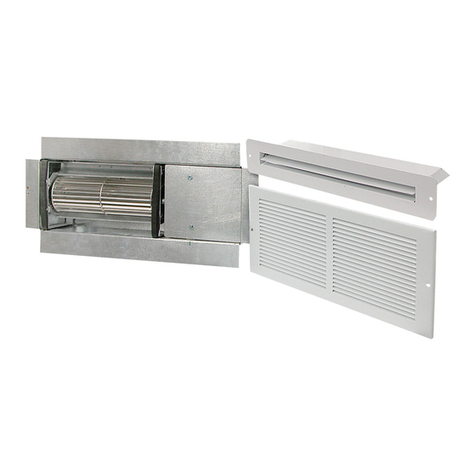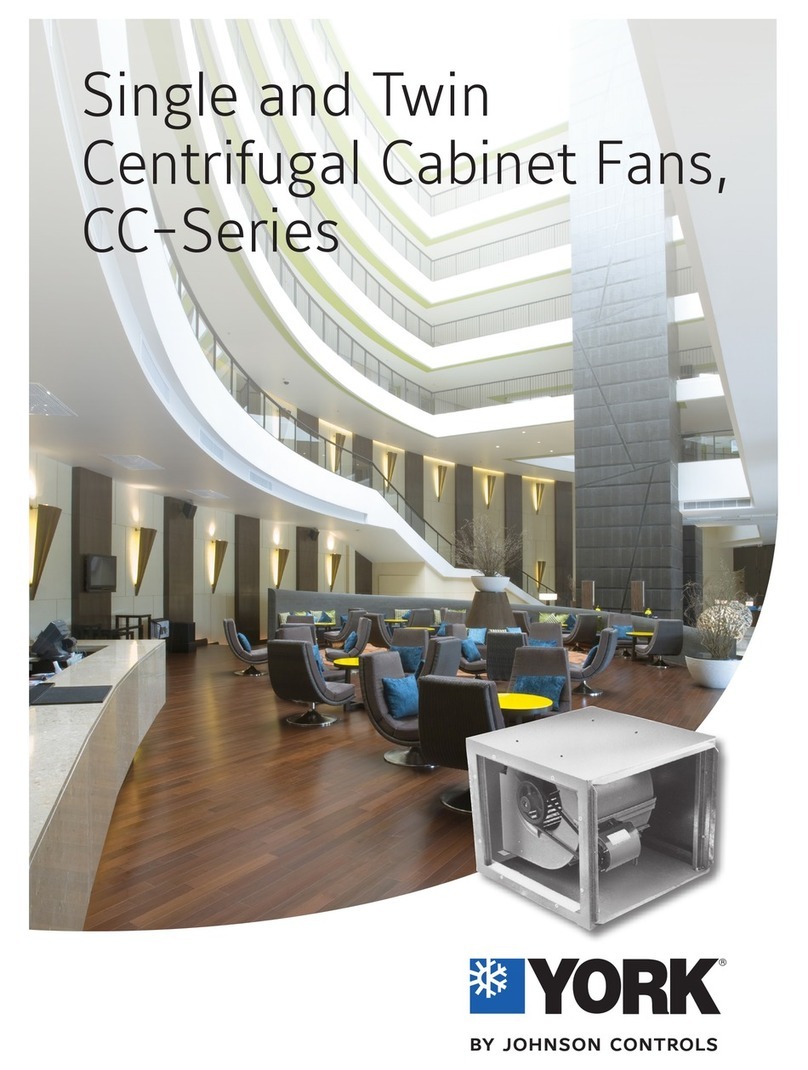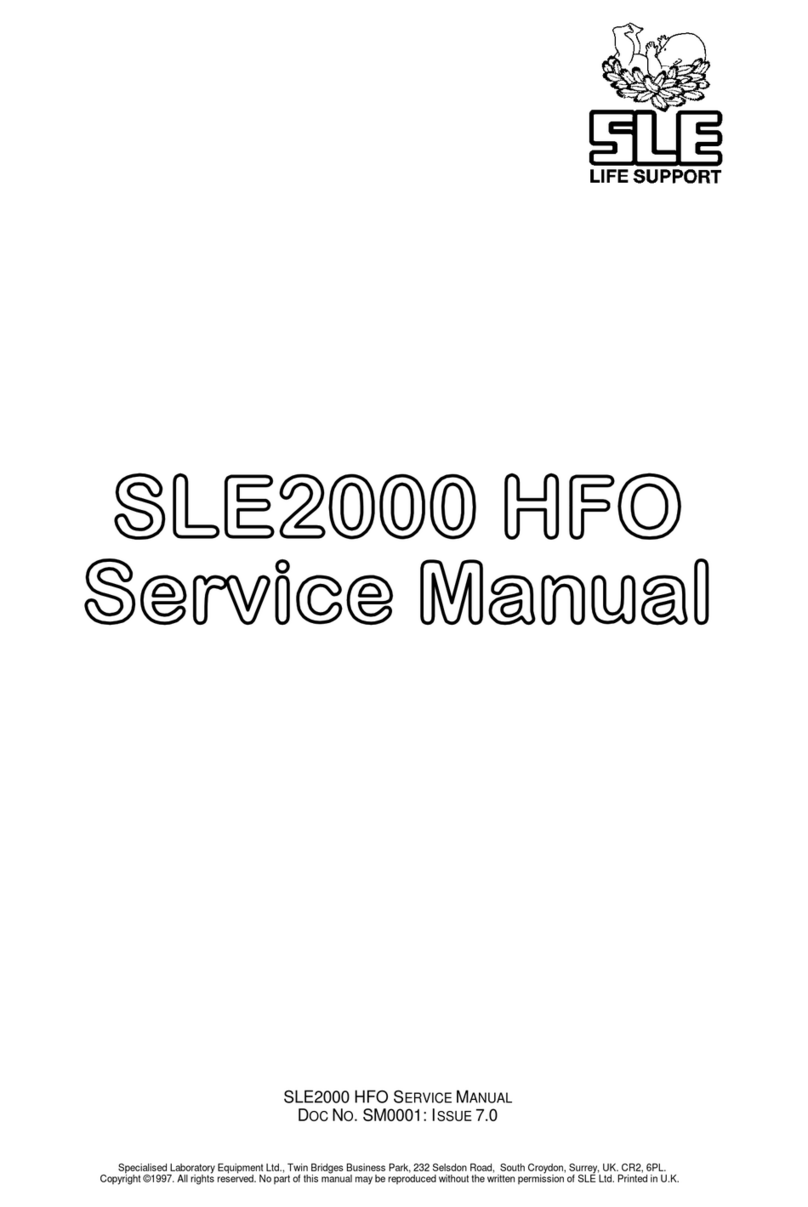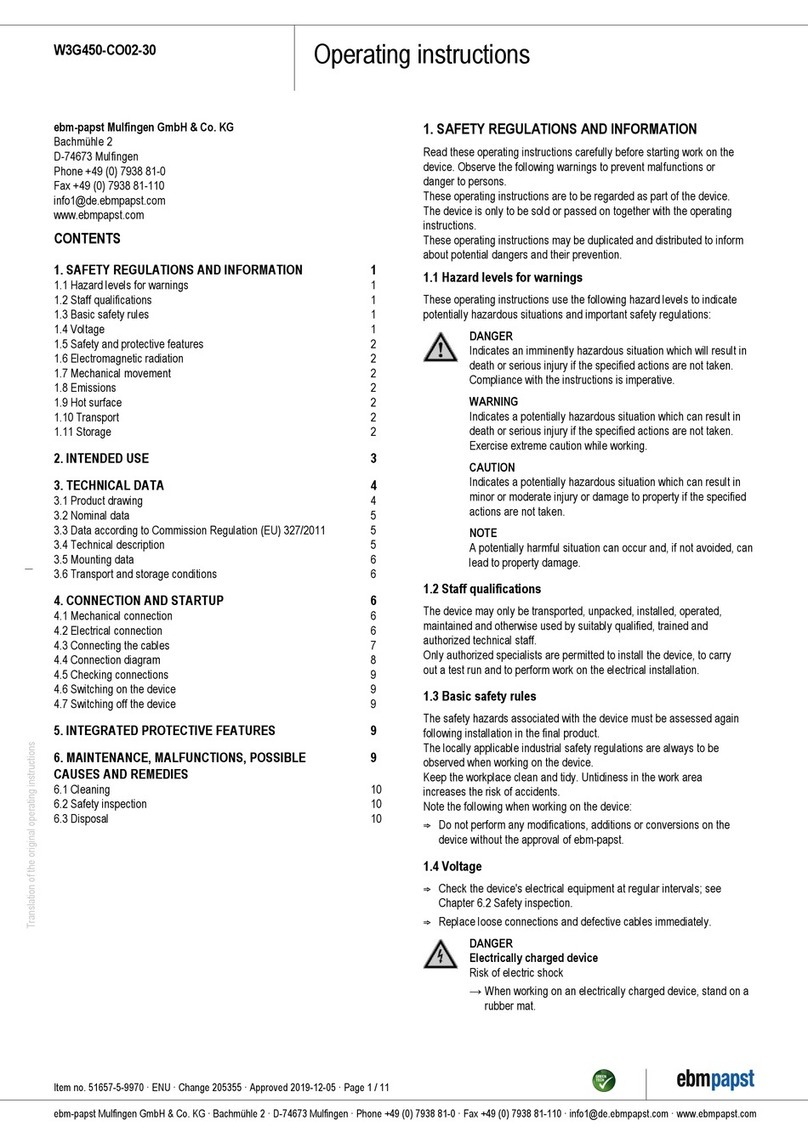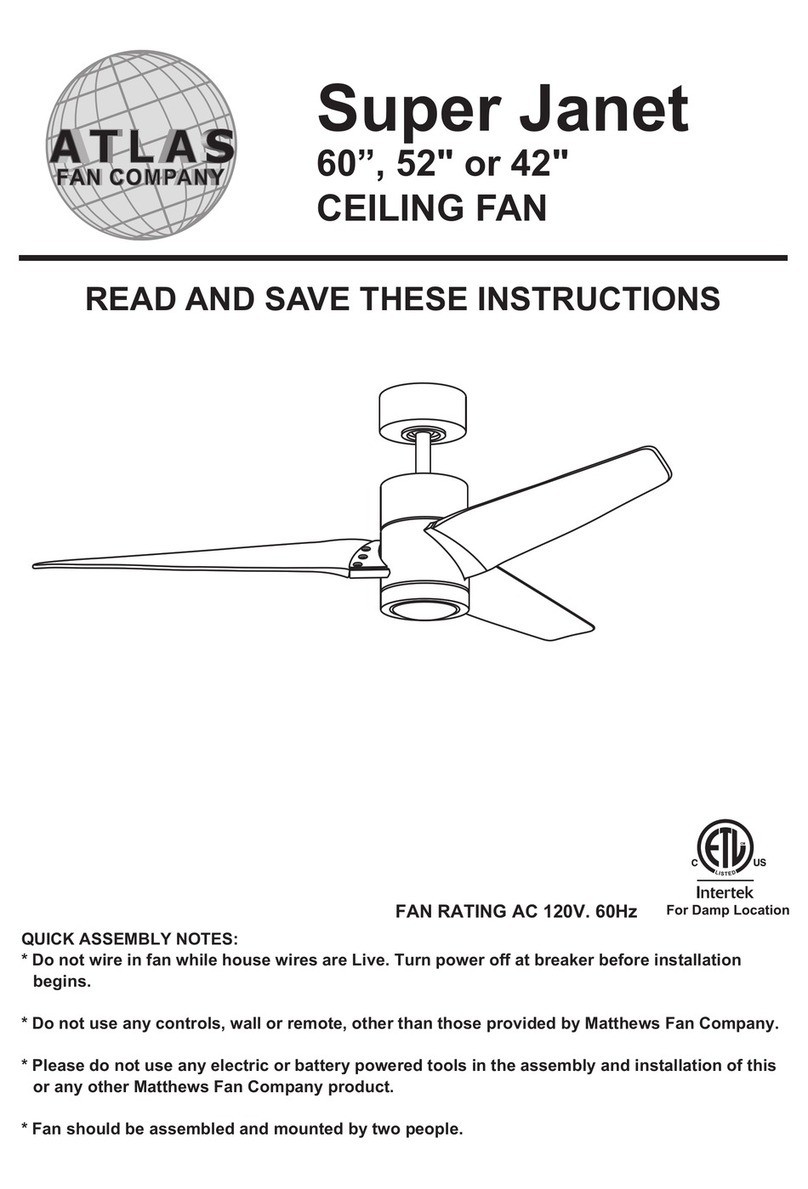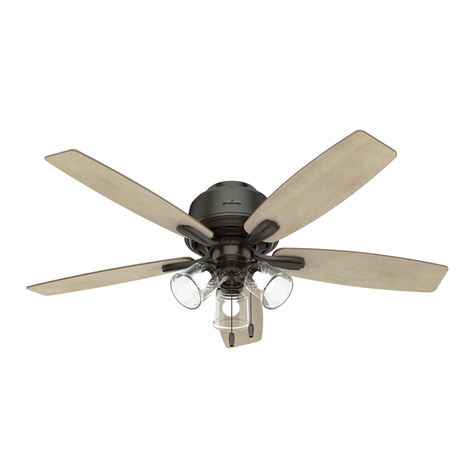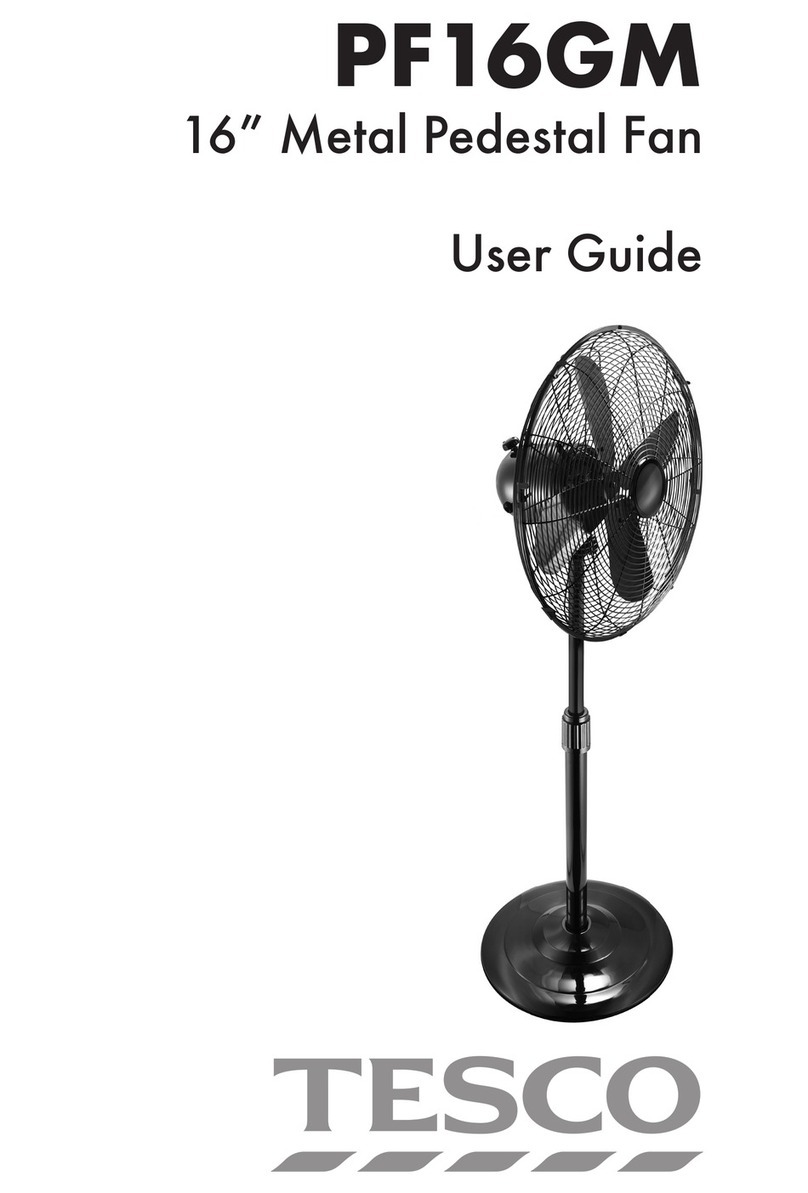Maquet SERVO-i User manual

User's Manual
VENTILATION
SERVO-i/s
CLEANING AND MAINTENANCE


1.1 INTRODUCTION
Unless otherwise stated, the information in
this User´s Manual is valid for all SERVO-i/s
Ventilator Systems.
Here you will find the information needed to
clean and maintain the SERVO-i/s systems
safely. The manual is divided into three
sections:
Introduction (mandatory information)
Routine cleaning
Maintenance
Instructions relevant only for either SERVO-i
or SERVO-s are marked. Parts included in
SERVO-i only:
Battery module
Y sensor
CO2sensor
Edi module
1.2 WARNINGS, CAUTIONS, AND
IMPORTANT
WARNING! Indicates critical information
about a potential serious outcome to the
patient or the user.
CAUTION: Indicates instructions that must
be followed in order to ensure the proper
operation of the equipment.
Important: Indicates information intended
to help you operate the equipment or its
connected devices easily and conveniently.
1.3 SYMBOLS
Hazardous waste The device
contains parts which must not be
disposed of with ordinary waste.
1.4 GENERAL INFORMATION
As cleaning practices vary widely among
health care institutions, it is not possible for
MAQUET to specify particular practices that
will meet all needs, or to be responsible for
the effectiveness of cleaning procedures
carried out in the patient care setting.
MAQUET recommends methods that have
been validated using the specified equipment
and procedures outlined in this manual. Other
methods may work but are not covered by the
warranty unless MAQUET has given written
permission.
SERVO-i/s, User's Manual
English language
1.15
5
| Introduction | 1|

CAUTIONS:
All personnel should be aware of the risk
of parts being infected when
disassembling and cleaning the
ventilator.
All disposable parts must be discarded
according to hospital routines and in an
environmentally safe way.
Important:
Follow your hospital‘s guidelines for
handling infectious material when
handling any part of the SERVO-i/s
ventilator system.
If possible, cleaning should be performed
immediately after use and always before
disinfection/sterilization. Blood or other
residues should not be allowed to dry
onto the devices.
Water quality affects
cleaning/disinfection. MAQUET
recommends drinking quality water as
the minimum quality level.
MAQUET recommends the use of Servo
Duo Guard bacterial filter or equivalent
to reduce the transmission of bacteria
from the patient via the expiratory
channel to the expiratory cassette. This
reduces the risk of infection spread and
prolongs the life of the expiratory
cassette due to reduced cleaning
requirements.
The use of a washer-disinfector for
cleaning/disinfection is recommended if
bacterial filters are not used.
Sterilization is normally not necessary for
the expiratory cassette, as it is not an
invasive instrument, but when applied,
use validated processes only.
1.5 WALL DIAGRAMS
The wall diagrams are provided as checklists
and contain overviews and step-by-step
instructions for cleaning, to be posted on a
wall.
6SERVO-i/s, User's Manual
English language
1.15
| 1| Introduction |

2 ROUTINE CLEANING
TABLE OF CONTENTS
8|Cleaning/disinfection procedures - a
summary
2.1
10|Preparations and dismantling
2.2
12|Wiping and discarding
2.3
14|Disinfection procedures
2.4
17|Sterilization procedures (not
recommended)
2.5
18|Assembling
2.6
19|SERVO Ultra Nebulizer cleaning
2.7
21|SERVO-i NAVA system cleaning
2.8
22|SERVO CO2analyzer cleaning
2.9
24|Accessories
2.10
SERVO-i/s, User's Manual
English language
1.15
7
| Routine cleaning | 2|

2.1 CLEANING/DISINFECTION
PROCEDURES - A SUMMARY
A summary of the procedures for cleaning,
disinfection and sterilization is given here.
Details for each step are given in the following
sections.
Cleaning when bacterial filter is used
Dismantle
Wipe off/discard
Assemble
Wipe off and discard filter, see page 12.
Disinfection when no bacterial filter is used
D2
D1
Dismantle
Wipe off/discard
Rinse
Disinfectant
Rinse
Washer-
Disinfector
Dry
Assemble
There are two disinfection procedures for the
expiratory cassette and associated parts, D1
and D2. In D1 (recommended) a
Washer-Disinfector (EN-ISO-15883-1) is used,
and in D2 a disinfectant is used.
8SERVO-i/s, User's Manual
English language
1.15
| 2| Routine cleaning |

Sterilization with autoclave (NOT
recommended)
Dismantle
Wipe off/discard
Rinse
Dry
Dry
Autoclave
Assemble
Autoclaving will reduce the lifetime of the
expiratory cassette and is not recommend as
a cleaning method.
Sterilization is normally not necessary for the
expiratory cassette, as it is not an invasive
instrument, but when applied, use validated
processes only. See further instructions about
autoclaving on page 17.
SERVO-i/s, User's Manual
English language
1.15
9
| Routine cleaning | 2|

2.2 PREPARATIONS AND
DISMANTLING
D2D1
Dismantle
Wipe off/discard
Rinse
Disinfectant
Rinse
Washer-
Disinfector
Dry
Assemble
2.2.1 PREPARATIONS
- Switch off the ventilator using the switch
on the rear of the User Interface.
- Disconnect the ventilator from the power
and gas supply.
- Disconnect any optional equipment from
the power supply and from the ventilator.
2.2.2 REMOVE THE EXPIRATORY
CASSETTE
SERVO-i
-Lift the locking handle and pull out the
patient unit.
-Press the button on the expiratory cassette,
tilt it upwards and remove.
10 SERVO-i/s, User's Manual
English language
1.15
| 2| Routine cleaning |

SERVO-s
- Press the locking arm on the rear to tilt the
User Interface.
- Press the button on the expiratory cassette,
tilt it upwards and remove.
WARNING! After removing the expiratory
cassette, do not pour any fluid into the
expiratory cassette compartment. Avoid
contact with electrical connectors.
Important: The expiratory cassette can be
exchanged between different SERVO-i/s
ventilator systems. The ventilator may be
used immediately* by connecting a clean
expiratory cassette.
* After replacing the expiratory cassette, a
Pre-use check must be performed (except in
emergencies, when it should be performed as
soon as possible).
SERVO-i/s, User's Manual
English language
1.15
11
| Routine cleaning | 2|

2.3 WIPING AND DISCARDING
D2D1
Dismantle
Wipe off/discard
Rinse
Disinfectant
Rinse
Washer-
Disinfector
Dry
Assemble
1. Wipe the ventilator and all removable parts
with a soft lint-free cloth moistened in
soap & water or detergent-based
disinfectant.
Note: In case of more contaminated
surfaces, use ethyl alcohol (70%) or
isopropyl alcohol (70%). Avoid contact with
electrical contacts.
CAUTION: Do not immerse battery, CO2
analyzer, or Y sensor module (SERVO-i only)
in any fluid.
2. Discard disposable items:
- Servo Duo Guard viral/bacterial filter
- Servo Humidifier/HME
- Y sensors (SERVO-i only)
- disposable patient tubing
Regularly check that the fan filter looks clean
(i.e. black). If dusty, remove (snap off/snap on)
and rinse in water. Shake out, ensuring that
the filter is free from excess water.
This is all the cleaning that is required when a
Servo Duo Guard filter (or equivalent) is used.
12 SERVO-i/s, User's Manual
English language
1.15
| 2| Routine cleaning |

2.3.1 RINSE BEFORE DISINFECTION
D2D1
Dismantle
Wipe off/discard
Rinse
Disinfectant
Rinse
Washer-
Disinfector
Dry
Assemble
If rinsing before disinfection is not included in
the washer disinfector program:
-Rinse the parts thoroughly in water
(<35°C/95°F).
-Let the water flow through the parts.
Important: Rinsing the cassette in water
(<35°C/95°F) immediately after use may be
a useful alternative to disinfection.
Immediate rinsing can remove particles and
reduces the risk of cross-contamination
between patients.
SERVO-i/s, User's Manual
English language
1.15
13
| Routine cleaning | 2|

2.4 DISINFECTION PROCEDURES
D2D1
Dismantle
Wipe off/discard
Rinse
Disinfectant
Rinse
Washer-
Disinfector
Dry
Assemble
Important:
The expiratory cassette is a precision
instrument and must be handled
carefully.
After disinfection procedure, all parts
must be dried before use. If the
expiratory cassette is not dry it may not
pass the Pre-use check.
2.4.1 WASHER-DISINFECTOR (D1)
- Wash the parts with water only in a
washer-disinfector at a temperature of
85-95°C (185-203°F).
1
-Place the expiratory cassette on its side
with the electrical connector (1) uppermost
as shown in the picture above.
Notes:
The water pressure in the
washer-disinfector should not exceed
1.5 bar.
The maximum water flow should not
exceed 10 l/min.
The water must have free passage
through the cassette.
14 SERVO-i/s, User's Manual
English language
1.15
| 2| Routine cleaning |

2.4.2 DISINFECTANT (D2)
Let the parts soak in disinfectant such as
- Alcohol (ethyl or isopropyl alcohol 70%)
- Cidex OPA
- Hexanios G+R
- Aniosyme DD1
- Gigazyme Plus
- Anioxyde 1000
Important: Follow the disinfectant
manufacturer’s recommendations and
instructions, otherwise the cassette may be
damaged.
2.4.3 RINSE AFTER DISINFECTION (D2)
- Rinse the parts thoroughly in water to
remove all traces of disinfectant. Let the
water flow through the parts.
-Carefully shake and tilt the cassette, turn
upside down and repeat.
- Repeat these steps at least 5-7 times.
Important: Mineral deposits from
disinfectant on the expiratory cassette
affect the function. It is important to rinse
the expiratory cassette thoroughly.
Residues from chemicals can affect the
patient, cause leakage and extra stress on
the material.
SERVO-i/s, User's Manual
English language
1.15
15
| Routine cleaning | 2|

2.4.4 DRYING ALTERNATIVES
D2D1
Dismantle
Wipe off/discard
Rinse
Disinfectant
Rinse
Washer-
Disinfector
Dry
Assemble
The expiratory cassette must be dried before
use (if not dry, the expiratory cassette may not
pass the Pre-use check).
There are several drying alternatives for the
expiratory cassette:
-Carefully shake/tilt the cassette (5-7 times),
or
-Drying cabinet 1 hour in maximum 70°C
(158°F); if available, connect a 22 mm air
hose to the expiratory cassette for extra
drying effect.
Recommended position in a drying cabinet
Recommended position in room air
If the Pre-use check is not passed after drying
then:
- Run the cassette in a SERVO-i/s ventilator
with a test lung for 10 minutes, or
- Dry the cassette in room air (if no drying
cabinet is available) 12-24 hours, depending
on surrounding conditions.
CAUTION: Never dry the cassette by
applying high-pressure air as the internal
tubing may be damaged.
16 SERVO-i/s, User's Manual
English language
1.15
| 2| Routine cleaning |

Note: Drying may not be necessary if the
washer-disinfector has a drying phase.
2.5 STERILIZATION PROCEDURES
(NOT RECOMMENDED)
An autoclave may be used to sterilize the
expiratory cassette but it is normally not
necessary, as the expiratory cassette is not
an invasive instrument.
2.5.1 NUMBER OF CYCLES IN THE
AUTOCLAVE
The expiratory cassette will last at least:
100 autoclaving cycles with 4-7 minutes
sterilization time at 134ºC (273ºF).
50 autoclaving cycles with 18 minutes
sterilization time at 134ºC (273ºF).
2.5.2 RINSE
Rinse the parts thoroughly in water
(<35°C/95°F). Let the water flow through the
parts to remove organic matter, e.g. blood,
and other residues.
2.5.3 DRYING BEFORE AUTOCLAVING
Before placing the expiratory cassette in an
autoclave, make sure that no water remains
inside the cassette. For drying instructions,
see page 16.
2.5.4 AUTOCLAVE
Instrument parts should be autoclaved in a
validated process, typically at a temperature
of 134°C (273°F) for 4-7 minutes.
Rubber parts should be autoclaved in a
validated process, typically at a temperature
of 121°C (250°F).
2.5.5 DRYING AFTER AUTOCLAVING
For drying alternatives, see page 16 .
SERVO-i/s, User's Manual
English language
1.15
17
| Routine cleaning | 2|

2.6 ASSEMBLING
Rinse
Disinfectant
Rinse
Washer-
Disinfector
Dry
Assemble
Dismantle
Wipe off/discard
2.6.1 RE-INSERTING THE EXPIRATORY
CASSETTE
SERVO-i
CLICK
SERVO-s
CLICK
-Hinge the expiratory cassette and press it
firmly down into lock position.
WARNING! Make sure that the cassette
clicks into position. Check that it cannot be
moved upwards and that the button on top
of the cassette is completely ejected.
-Note on a log sheet that a routine cleaning
has been performed. Refer to hospital
guidelines.
2.6.2 PRE-USE CHECK
After cleaning, always perform a Pre-use
check. For more information, please refer to
the SERVO-i/s User's Manual.
If the Pre-use check fails:
- Carefully shake/tilt the cassette (5-7 times).
- Run the cassette in a SERVO-i/s ventilator
with a test lung for 10 minutes.
- Re-do the Pre-use check.
18 SERVO-i/s, User's Manual
English language
1.15
| 2| Routine cleaning |

2.7 SERVO ULTRA NEBULIZER
CLEANING
Cleaning should be done after each patient
or according to hospital routine.
Perform a function test of the SERVO Ultra
Nebulizer after the cleaning. Refer to the
SERVO-i/s User's Manual.
Preparation
Wipe off/discard
Rinse
Disinfectant Autoclave
Washer-
Disinfector
Only the T-piece and nipples can be
autoclaved.
The medication cup must not be disposed of
with ordinary waste.
2.7.1 PREPARATION
Disconnect the Servo Ultra Nebulizer from the
ventilator.
2.7.2 WIPING AND DISCARDING
-Unscrew the T-piece and discard the
medication cup.
-Empty the buffer water from the nebulizing
chamber.
Important: Do not autoclave or use a
washer-disinfector when cleaning the
nebulizing chamber.
SERVO-i/s, User's Manual
English language
1.15
19
| Routine cleaning | 2|

- Wipe the nebulizing chamber and
connection cable with a soft cloth
moistened in soap & water or
detergent-based disinfectant.
Note: In case of more contaminated
surfaces, use ethyl alcohol (70%) or
isopropyl alcohol (70%).
2.7.3 RINSE
Rinse the parts thoroughly in water
(<35°C/95°F).
2.7.4 DISINFECTION PROCEDURE
Washer-Disinfector
Wash the T-piece and nipples in a
washer-disinfector at a temperature of
85-95°C (185-203°F).
Important: Do not put the nebulizing
chamber in a washer-disinfector.
Disinfectant
1. Let the T-piece and nipples soak in a
disinfectant such as
-Cidex OPA
-Hexanios G+R
-Aniosyme DD1
-Gigazyme Plus
Important: Follow the disinfectant
manufacturer’s recommendations and
instructions.
2. Rinse the T-piece and nipples thoroughly
in water (<35°C/95°F).
20 SERVO-i/s, User's Manual
English language
1.15
| 2| Routine cleaning |
Other manuals for SERVO-i
1
This manual suits for next models
1
Table of contents
Other Maquet Fan manuals
Popular Fan manuals by other brands
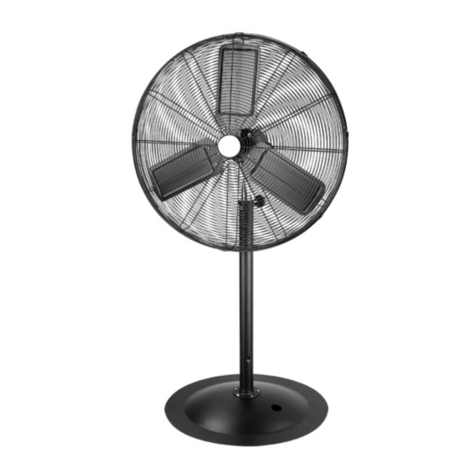
TPI Corporation
TPI Corporation CACU24-P owner's manual
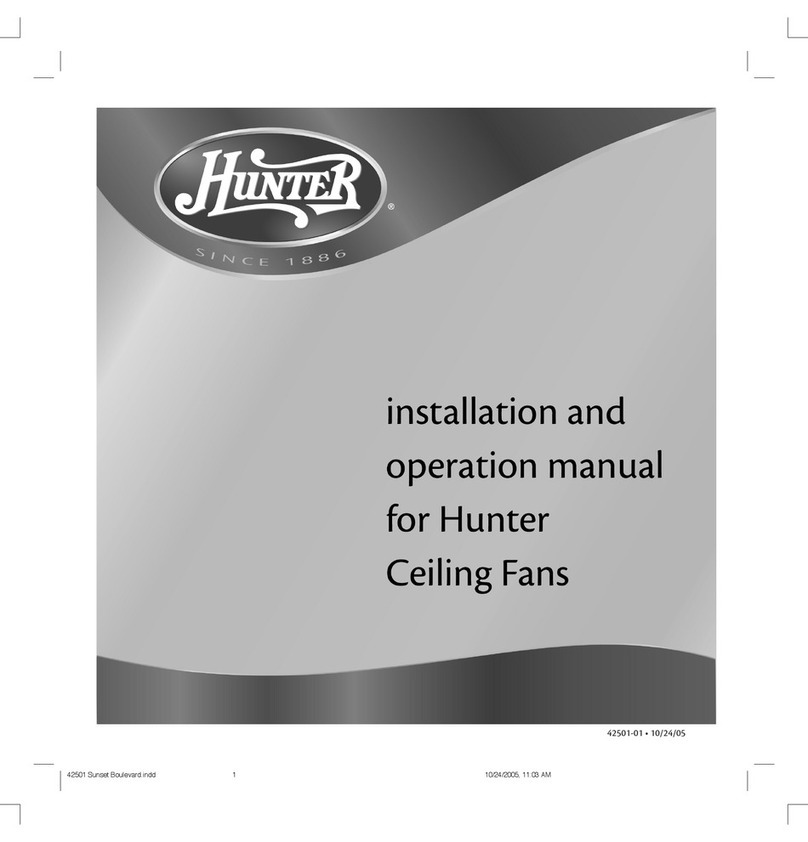
Hunter
Hunter 42501-01 Installation and operation manual
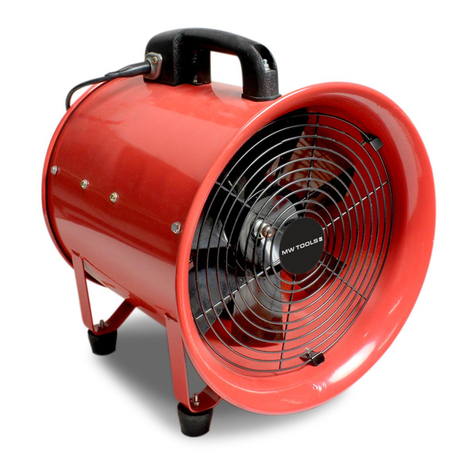
MW TOOLS
MW TOOLS MV300 manual
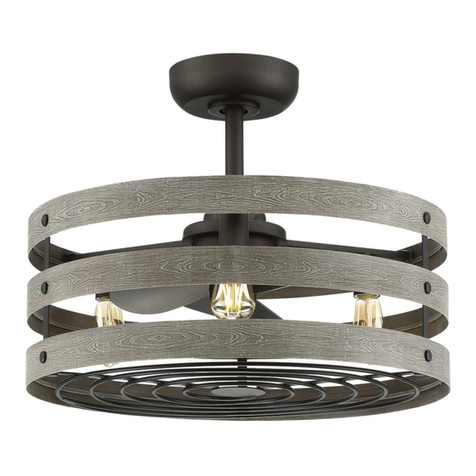
Progress Lighting
Progress Lighting AirPro GULLIVER installation manual

Wallair
Wallair W-Style Premium 100 installation manual

Hunter
Hunter 42605-01 Installation and operation manual


